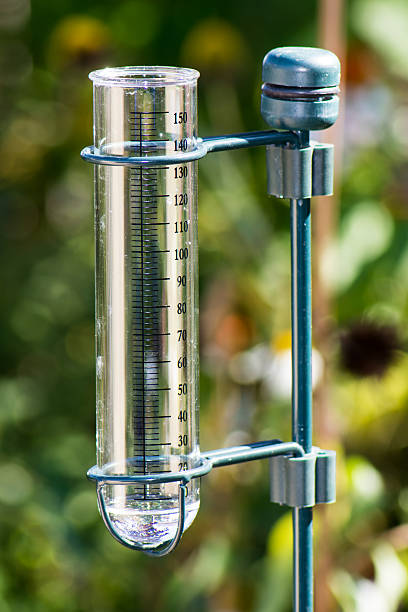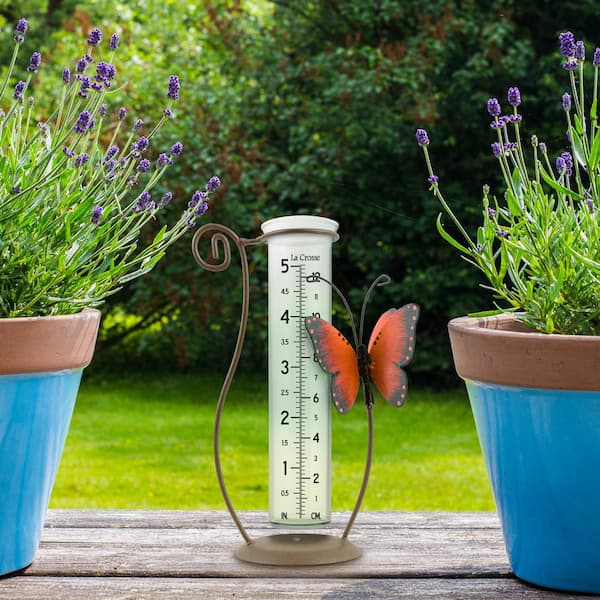The Rain Gauge: A Comprehensive Guide to Accurate Weather Condition Measurement
The Rain Gauge: A Comprehensive Guide to Accurate Weather Condition Measurement
Blog Article
Understanding Rainfall Gauge Measurements: A Full Guide
Comprehending Rainfall Scale Dimensions: A Total Guide is a comprehensive source for any person seeking a deeper understanding of rain gauge measurements. Rain is an important consider different markets, including water, agriculture, and meteorology resource monitoring. This overview aims to supply readers with an extensive understanding of the value of rainfall scale dimensions, the different sorts of rain evaluates readily available, and just how these dimensions are gotten and translated. In addition, it checks out the variables that can impact the accuracy of rain scale readings and offers sensible ideas for obtaining accurate measurements. Whether you are an expert in the field or merely have an inquisitiveness concerning rains measurement, this overview will certainly outfit you with the expertise needed to efficiently utilize rain gauge dimensions.
The Importance of Rain Gauge Measurements
The importance of rainfall scale measurements exists in their role as a crucial tool for properly monitoring and examining rainfall degrees - The Rain Gauge. Rain gauge dimensions give beneficial information that aids meteorologists and hydrologists recognize patterns and trends in rains, which consequently aids in different areas such as farming, water resource management, and environment study

Exact rains dimensions are crucial for agriculture as they aid in establishing watering demands, plant growth, and yield forecasts. Farmers depend on this details to make informed decisions about when to water their plants, protecting against water wastage and making certain ideal crop health and wellness. Furthermore, rains information aids in evaluating the influence of dry spells or excessive rainfall on crop production, making it possible for farmers to take suitable measures to lessen losses.
Water resource monitoring greatly depends on rainfall gauge dimensions to figure out the quantity of water offered in tanks, lakes, and rivers. Accurate dimensions enable water managers to make enlightened decisions concerning water allocation and circulation, making certain sustainable usage and protecting against lacks. This details is specifically vital in areas where water scarcity is a pressing problem.
Additionally, rain scale measurements play a vital function in climate research. By precisely gauging rains over extended durations, researchers can evaluate long-lasting climate patterns and recognize adjustments in precipitation patterns due to climate change. This information helps policymakers and researchers develop methods to adjust to and alleviate the impacts of environment modification.
Kinds of Rain Gauges
There are numerous sorts of rain evaluates utilized to measure precipitation precisely. Each kind has its own advantages and restrictions, making them suitable for different objectives and environments.
The most common sort of rain scale is the typical cylindrical scale. It contains a cylindrical container with a broad funnel-shaped top to gather rainwater (The Rain Gauge). The water is then funneled into a graduated gauging tube, enabling specific measurement of the amount of rainfall
An additional type is the evaluating rainfall scale. This gauge utilizes a delicate balance to gauge the weight of the gathered rainfall. By transforming the weight right into volume, the quantity of precipitation can be figured out. Evaluating rainfall determines are specifically valuable in locations with icy rainfall or hefty rainfall, as they are not impacted by sprinkling or evaporation.
Tipping bucket rainfall gauges employ a system that pointers a little container each time it accumulates a details amount of rainwater. The variety of suggestions is tape-recorded and used to calculate the rainfall. This kind of gauge is generally used in automated weather condition terminals as a result of its low upkeep requirements and capability to offer real-time data.
Finally, there are radar-based rain determines that usage radar innovation to approximate rainfall. These evaluates measure the intensity of rainfall in a details area by assessing the shown radar signals. They are specifically useful for measuring rainfall over huge locations or in remote places.
Just How Rain Gauge Measurements Job
Rainfall gauge dimensions are based on the principle of measuring the amount and collecting of rainfall. These instruments are made to capture rain and give an exact dimension of the rainfall in a specific area.
One of the most usual kind of rainfall gauge is the standard round scale. It consists of a round container with a broad opening on top to accumulate rain. The accumulated water is then funneled into a determining tube, which is calibrated to provide the measurement in units of size, typically inches or millimeters.
An additional sort of rain gauge is the click reference tipping bucket gauge. It makes use of a seesaw-like mechanism with 2 buckets that tip when they get to a specific weight threshold. Each pointer of the container represents a certain volume of rains, permitting accurate measurements.
Some sophisticated rain determines are furnished with electronic sensors that automatically record and send information. These sensors make use of various technologies such as ultrasound or laser to determine the amount of rainfall accurately.
Aspects Affecting Rainfall Gauge Precision
Ecological factors such as wind, temperature level, and atmospheric stress can dramatically impact the precision of rainfall gauge measurements. Adjustments in atmospheric pressure can likewise affect the precision of rain scale dimensions, as they can change the rate at which rainfall is accumulated.
Operational variables, on the various other hand, describe factors connected to the style, installment, and maintenance of the rainfall gauge. The placement of the rainfall gauge in a location with blocked air movement or near structures or trees can result in unreliable analyses due to obstruction or splattering of rainfall. Incorrect calibration or irregular upkeep of the rainfall gauge can also impact its precision.
To make sure the precision of rain scale dimensions, it is vital to take into consideration these variables and take proper steps. This might involve choosing a proper location for the rain scale, making certain proper installment and upkeep, and frequently adjusting the tool. By resolving these elements, trusted and exact rains measurements can be gotten, which are essential for various applications such as climate forecasting, image source hydrological research studies, and farming.
Tips for Accurately Measuring Rainfall
To guarantee specific rainfall measurements, it is essential to execute particular techniques and methods when making use of a rainfall scale. Below are some tips for precisely measuring rainfall:
Proper Positioning: Position the rain scale in an open location, away from trees, buildings, and various other obstructions that may conflict with the rains collection. It needs to be positioned on a degree surface to avoid water pooling or drainage.

Review the Range Correctly: When taking measurements, checked out the water degree at eye degree from the base of the meniscus. Avoid parallax mistakes by straightening your sight directly with the water degree.
Regular Time Period: Set a regular time period for measuring rains, such as every 24-hour or after each rainfall event. This makes sure precise tracking and contrast of precipitation data.
Document Measurements Promptly: Record rainfall dimensions asap after collection to stop dissipation or splilling. Use a rain scale with a built-in information logging function for automated recording.
Final Thought
To conclude, comprehending rainfall gauge measurements is vital for accurately measuring rains. Various sorts of rainfall determines are readily available, each with their own benefits and constraints. It is necessary to take into consideration aspects that can affect the accuracy of rainfall scale dimensions, such as dissipation, positioning, and wind. By complying with the ideas given, one can make certain more trustworthy and exact rainfall measurements.
Comprehending Rain learn this here now Scale Dimensions: A Complete Guide is a comprehensive resource for anybody looking for a much deeper understanding of rain gauge measurements. Whether you are a professional in the field or simply have an interest about rains dimension, this overview will certainly equip you with the understanding required to efficiently use rain scale dimensions.
The most common kind of rain gauge is the standard round gauge.The most common kind of rainfall scale is the conventional cylindrical scale.One more type of rainfall gauge is the tipping container gauge.
Report this page